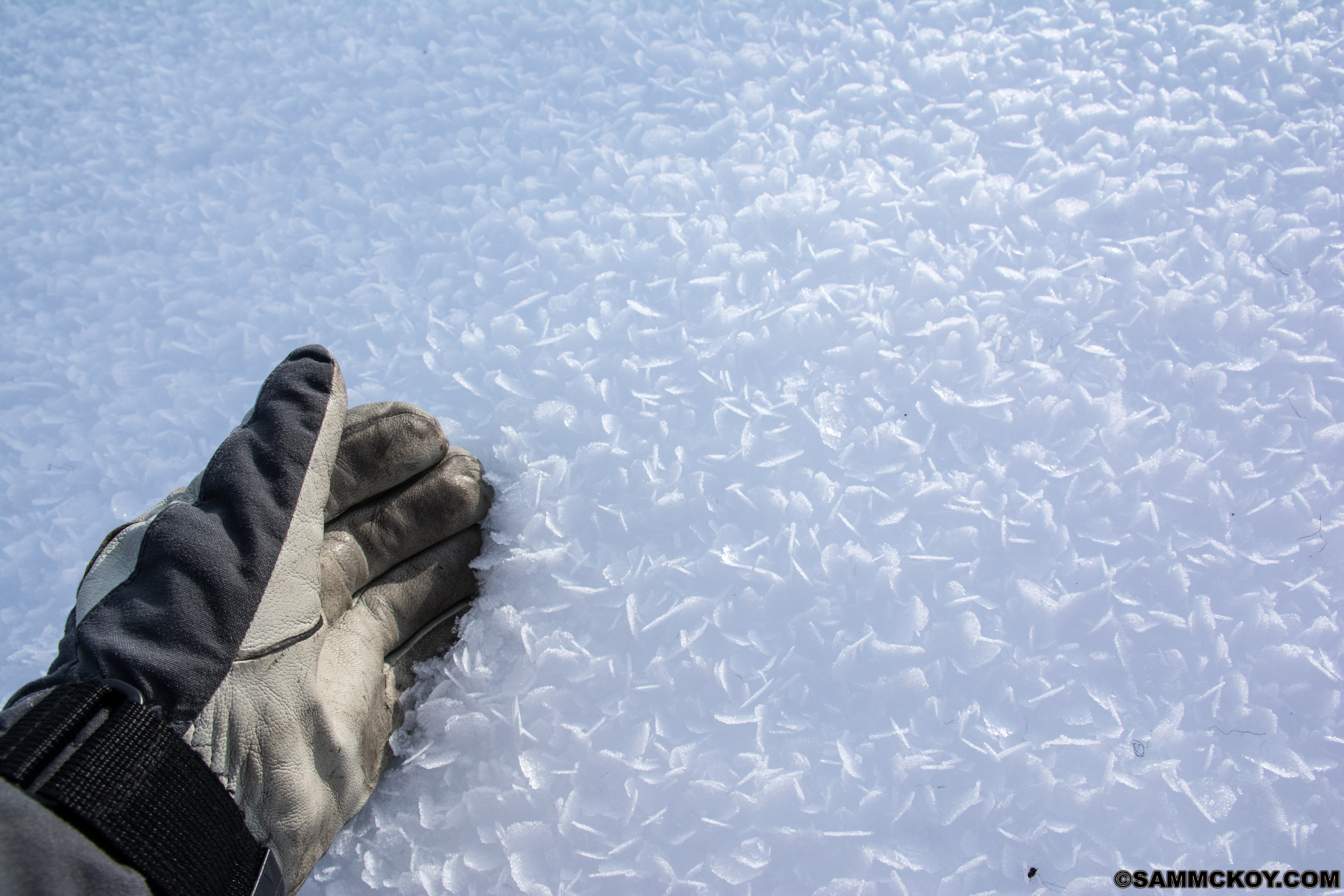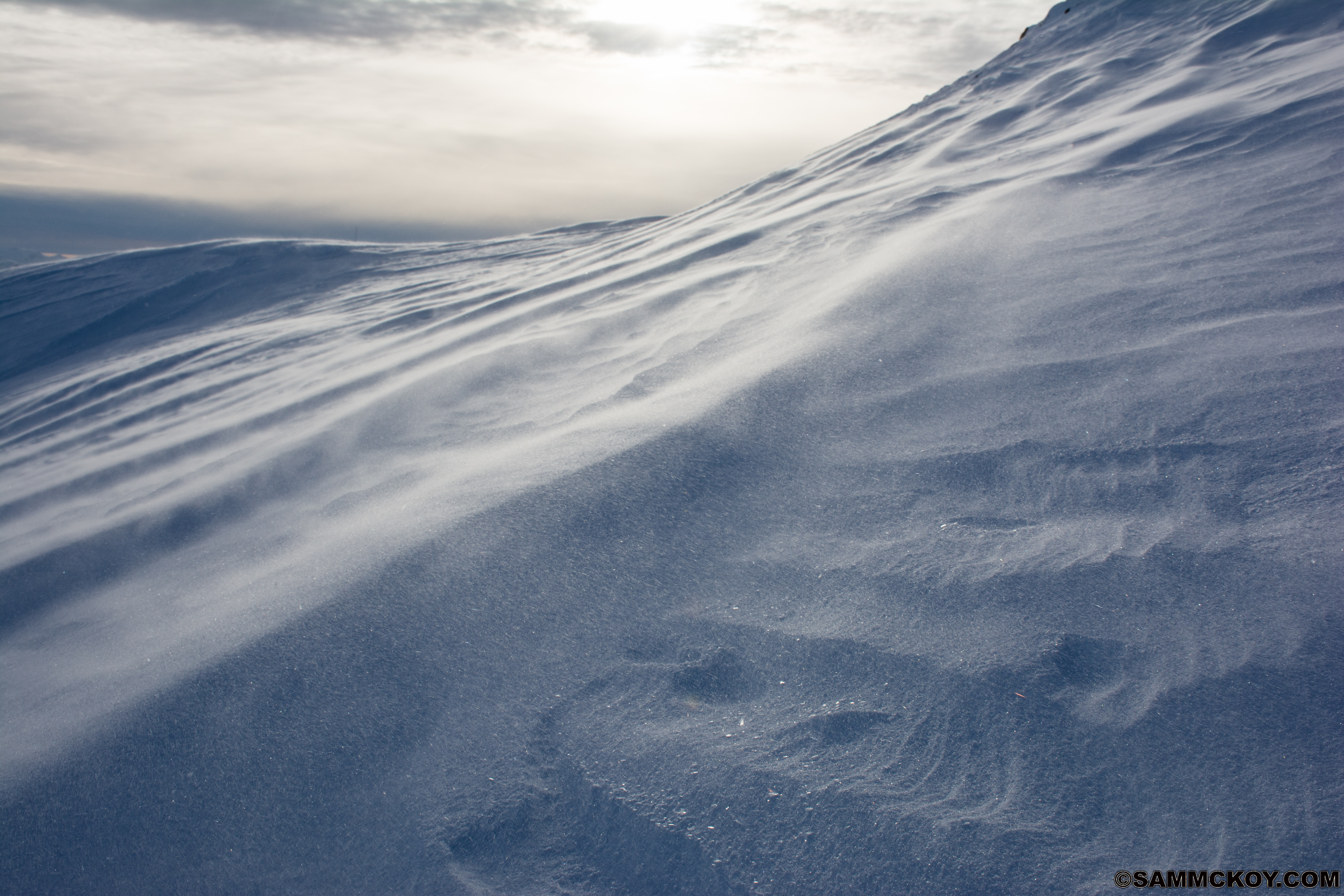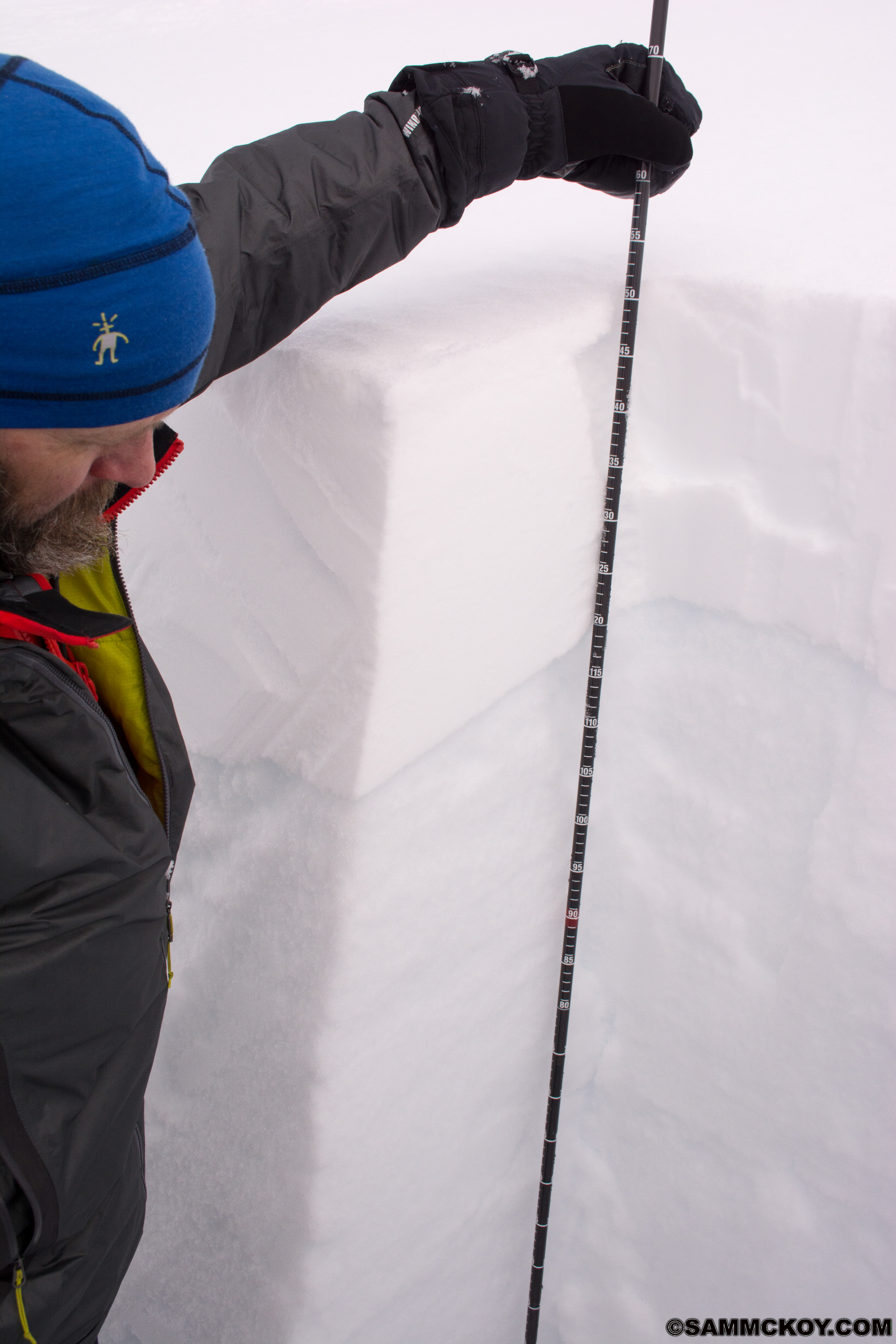Hi Folks,
After a week spent in the interior of BC's south coast mountains, I feel the need to pass on info.
Areas such as those surrounding the Hurley, Duffey Lake road, Phelix Creek and in other areas such as Eldorado have a variable snowpack with weak layers that may be quite different than the Whistler/Squamish area.
The shallower the snowpack, the more the weak layers buried around mid-December and mid-January seem to be reactive. The tricky part is that the variability of snowpack depth and the un-reactiveness of these layers is deceiving and makes the avalanche problem difficult to judge.
In many areas, avalanches around size 3 can be seen in isolated areas failing on either the December or January facet layers. These layers do not seem to be reactive to skier triggering but have been failing naturally at random.
Widespread surface hoar is prevalent in many areas but strong southwest winds today have redistributed snow to lee areas. Roughly 20 to 60cm windslabs were very touchy, reacting to skier triggering; with shooting cracks on 15-20 degree slopes extending 10-30 meters. These windslabs are failing on the large surface hoar.
There is also potential for these windslabs to step down into shallower layers and trigger an avalanche you wouldn't want to ride in.
All this combines to paint a complicated picture.
When skiing or snowmobiling out there, if all goes seemingly well, it might not be so obvious whether you made the right terrain choices or whether you were lucky. With those deeper layers, be hesitant before getting allured into bigger, more consequential terrain because shallow weak-points may exist where you can't see them.
Safe travels out there!



